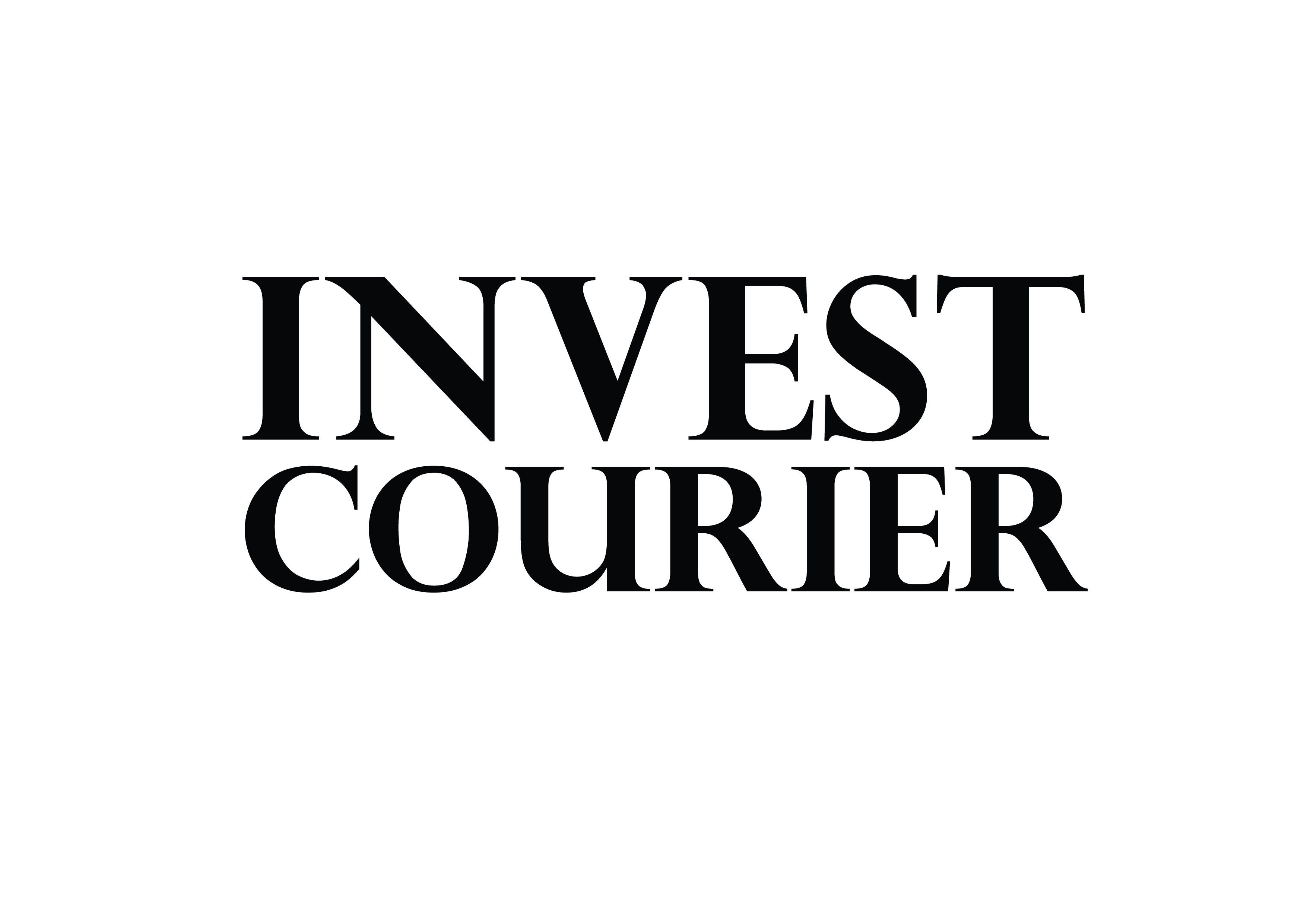The U.S. stock market is facing volatility in 2025 due to tariffs, creating uncertainty for many investors. Meanwhile, countries like Mexico and Poland are outperforming the S&P 500, offering promising opportunities. For example, Mexico has seen a 16% year-to-date growth, even amid U.S. trade tensions.
Emerging markets, classified by MSCI across 24 countries, provide a way to diversify your portfolio. Nations like Brazil, Saudi Arabia, and South Korea are part of this group, excluding Russia due to geopolitical risks. These regions often deliver high returns, making them attractive for long-term growth.
Diversifying into these markets can help balance risks during U.S. economic fluctuations. Understanding the potential rewards and managing risks is key to making informed decisions. This guide will explore strategies to navigate these opportunities effectively.
What Are Emerging Markets?
Fast-paced economies in emerging regions offer unique opportunities. These emerging markets are countries transitioning from developing to advanced economic status. They are characterized by rapid industrialization, volatile currencies, and reform-focused policies.
Definition and Characteristics
Emerging markets are defined by their potential for high growth and economic transformation. They often have expanding middle classes, increasing consumer demand, and improving infrastructure. However, they can also face challenges like political instability and currency fluctuations.
Examples of Emerging Markets
In 2025, countries like Mexico, Saudi Arabia, and Poland are leading examples. Mexico’s domestic-focused companies have shown resilience amid global trade tensions. Saudi Arabia’s Aramco continues to drive its economy, while Poland benefits from EU integration.
Geopolitical factors also play a role. For instance, Russia is excluded from MSCI’s 2025 list due to ongoing conflicts. This highlights the importance of understanding regional risks when exploring these markets.
Why Emerging Markets Matter for Investors
These regions are home to 78% of the global population, offering vast consumer bases. With a combined population of 6.2 billion, they represent a significant share of global GDP. The rising middle class in these countries drives demand for goods and services, creating opportunities for long-term growth.
For investors, emerging markets provide a way to diversify portfolios and tap into high-growth economies. Understanding their unique dynamics is key to making informed decisions.
Why Should You Consider Investing in Emerging Markets?
High-growth economies present compelling opportunities for savvy investors. These regions often outperform developed nations, offering unique advantages for those willing to explore them. Let’s dive into the key reasons why these markets deserve your attention.
Potential for High Returns
Historically, emerging economies have delivered impressive results. For example, from 1969 to 2019, China’s GDP grew by 73.6 times, compared to just 3.8 times in the U.S. This highlights the potential for significant returns in these regions.
Sector-specific opportunities also abound. Companies like JinkoSolar generate 65% of their revenue from China and the EU’s solar energy expansion. Such examples underscore the lucrative possibilities in these markets.
Diversification Benefits
Adding international assets to your portfolio can reduce risk. Mexico’s IPC index companies, for instance, earn over 65% of their revenue domestically. This shields them from U.S. trade disruptions, providing stability.
Experts often recommend allocating up to 40% of your portfolio to international assets. This strategy helps balance exposure and enhances long-term growth.
Growth Opportunities
Emerging economies are hubs of innovation and expansion. India’s GDP is projected to grow by 6.5% in 2026, driven by sectors like technology and manufacturing. Apple’s shift to Indian production is a testament to this potential.
These regions are not just about numbers; they represent dynamic, evolving landscapes. By tapping into their growth, you can position yourself for future success.
How to Invest in Emerging Markets Safely
Exploring international opportunities can enhance your portfolio’s potential. These regions offer unique advantages, but careful planning is essential. Let’s break down the steps to navigate these markets effectively.
Start with Research and Education
Before diving in, take time to understand the landscape. Learn about the performance of different regions and sectors. For example, the MSCI Emerging Markets Index tracks stocks across 24 countries, providing valuable insights.
Focus on countries with strong economic fundamentals. Mexico and Poland, for instance, have shown resilience amid global challenges. This knowledge will help you make informed decisions.
Choose the Right Investment Vehicles
ETFs are a popular choice for gaining exposure. The iShares MSCI EM ETF, with a low TER of 0.18%, offers broad access to these markets. Avoid low-liquidity options like OTC stocks, which can be risky.
Compare fees and structures. The Franklin FTSE EM ETF charges just 0.11%, while others like Deka MSCI cost 0.66%. Blending ETFs, such as 70% VWO and 30% country-specific funds, can optimize your strategy.
Diversify Your Investments
Spread your investments across regions and sectors. The Vanguard FTSE EM ETF holds over 5,950 stocks, ensuring broad diversification. This approach minimizes risks tied to any single country or industry.
Consider allocating up to 40% of your portfolio to international assets. This balance helps you tap into growth while managing volatility. By following these steps, you can confidently explore these markets and enhance your portfolio’s potential.
Understanding the Risks of Emerging Markets
Navigating the complexities of international investments requires awareness of potential challenges. While these regions offer high growth potential, they also come with unique risks. Understanding these factors is crucial for making informed decisions.

Political and Economic Instability
Political tensions can significantly impact investments. For example, Poland’s proximity to Ukraine has raised security concerns, affecting its economic stability. Similarly, Saudi Arabia’s reliance on oil makes it vulnerable to price swings, which can disrupt trade and revenue.
India’s manufacturing shift has exposed companies like ICICI Bank to new challenges. These examples highlight the importance of monitoring political and economic conditions in your target regions.
Currency Risk
Fluctuating exchange rates can erode returns. The Turkish lira, for instance, has experienced significant volatility against the USD, creating currency risk for investors. This can impact the value of your investments when converted back to your home currency.
To mitigate this, consider hedging strategies or diversifying across regions with stable currencies. Understanding currency risk is essential for protecting your portfolio.
Liquidity Concerns
Some markets face liquidity challenges, making it difficult to buy or sell assets quickly. For example, HDFC Bank’s NYSE listing offers better liquidity compared to its OTC counterparts. Low-liquidity options can lead to higher transaction costs and delays.
When exploring these regions, prioritize assets with higher trading volumes. This ensures smoother transactions and reduces liquidity concerns.
While the MSCI Emerging Markets Index has delivered a 9.6% return over the past decade, it trails the S&P 500’s 12.5%. This comparison underscores the importance of balancing potential rewards with the inherent risks of these markets.
Top Emerging Market ETFs to Consider
Exchange-traded funds (ETFs) offer a streamlined way to access global opportunities. These funds provide exposure to a wide range of assets, making them ideal for diversifying your portfolio. Let’s explore some of the top options available in 2025.
Overview of Emerging Market ETFs
ETFs like the Vanguard FTSE EM and iShares Core MSCI are leaders in this space. The Vanguard fund boasts $116 billion in assets under management (AUM), while the iShares fund holds over 1,400 stocks. These funds track the MSCI Emerging Markets Index, offering broad exposure to 24 countries.
Sector concentrations vary widely. For example, Saudi ETFs often have a 60% energy exposure, reflecting the region’s economic focus. Understanding these components helps you align your investments with your goals.
Performance Analysis
In 2025, the VanEck ChiNext ETF delivered an impressive 90.47% return, outperforming many peers. However, not all funds achieve such results. The Franklin FTSE EM ETF, with a TER of 0.11%, offers a low-cost option for consistent performance.
When evaluating ETFs, consider their 5-year track record. Funds with a history of steady returns are often more reliable. This approach helps you avoid volatility and focus on long-term growth.
How to Choose the Right ETF
Start by comparing fees and structures. Look for funds with a TER below 0.2% and at least 500 holdings. This ensures broad diversification and cost efficiency. Avoid single-country ETFs during geopolitical crises, as they can be risky.
Blending ETFs, such as 70% VWO and 30% country-specific funds, can optimize your strategy. This balance helps you tap into high-growth regions while managing risks. By following these terms, you can confidently build a robust portfolio.
Strategies for Long-Term Success in Emerging Markets
Building a successful strategy in dynamic regions requires careful planning and adaptability. These areas offer significant growth potential, but they also come with unique challenges. By focusing on key strategies, you can maximize your returns while minimizing risks.

Regular Portfolio Review
Consistently reviewing your portfolio is essential for long-term success. Tools like the Finviz ETF screener can help you identify opportunities and rebalance your investments. Quarterly reviews ensure your strategy aligns with current global trends.
Consider a 70/30 split between broad ETFs and sector-specific plays. This approach balances stability with growth potential. Over time, this strategy can help you adapt to changing market conditions.
Staying Informed About Global Trends
Keeping up with global trends is crucial for making informed decisions. For example, the EU’s solar capacity is projected to triple by 2026, creating opportunities in renewable energy. Similarly, India’s population growth drives demand for technology and infrastructure.
Use resources like NAGA Academy’s demo accounts to test strategies before committing real funds. This hands-on approach helps you understand market dynamics and refine your portfolio.
Balancing Risk and Reward
Balancing risk and reward is key to long-term success. The MSCI EM IMI Index has delivered a 38.31% return over five years, but not all investments perform equally. Diversify across regions and sectors to mitigate risks.
Analyze underappreciated opportunities, like Morgan Stanley’s MELI stock, which shows strong fintech growth potential. By carefully managing your portfolio, you can achieve sustainable returns over time.
Conclusion
Diversifying globally can unlock new opportunities for your portfolio. Emerging markets offer significant potential, but they also come with unique risks, such as currency fluctuations and political instability. Balancing these factors is key to building a resilient strategy.
In 2025, countries like Mexico and Saudi Arabia have shown strong growth, making their ETFs attractive options. Phased investing through low-TER funds, such as iShares or Vanguard, can help you safely tap into these regions. Avoid chasing “hot tip” stocks without proper liquidity checks to minimize unnecessary exposure.
Take the next step by comparing iShares and Vanguard EM ETFs. This approach ensures broad diversification while aligning with your long-term financial goals. By staying informed and strategic, you can confidently navigate the complexities of emerging markets.


